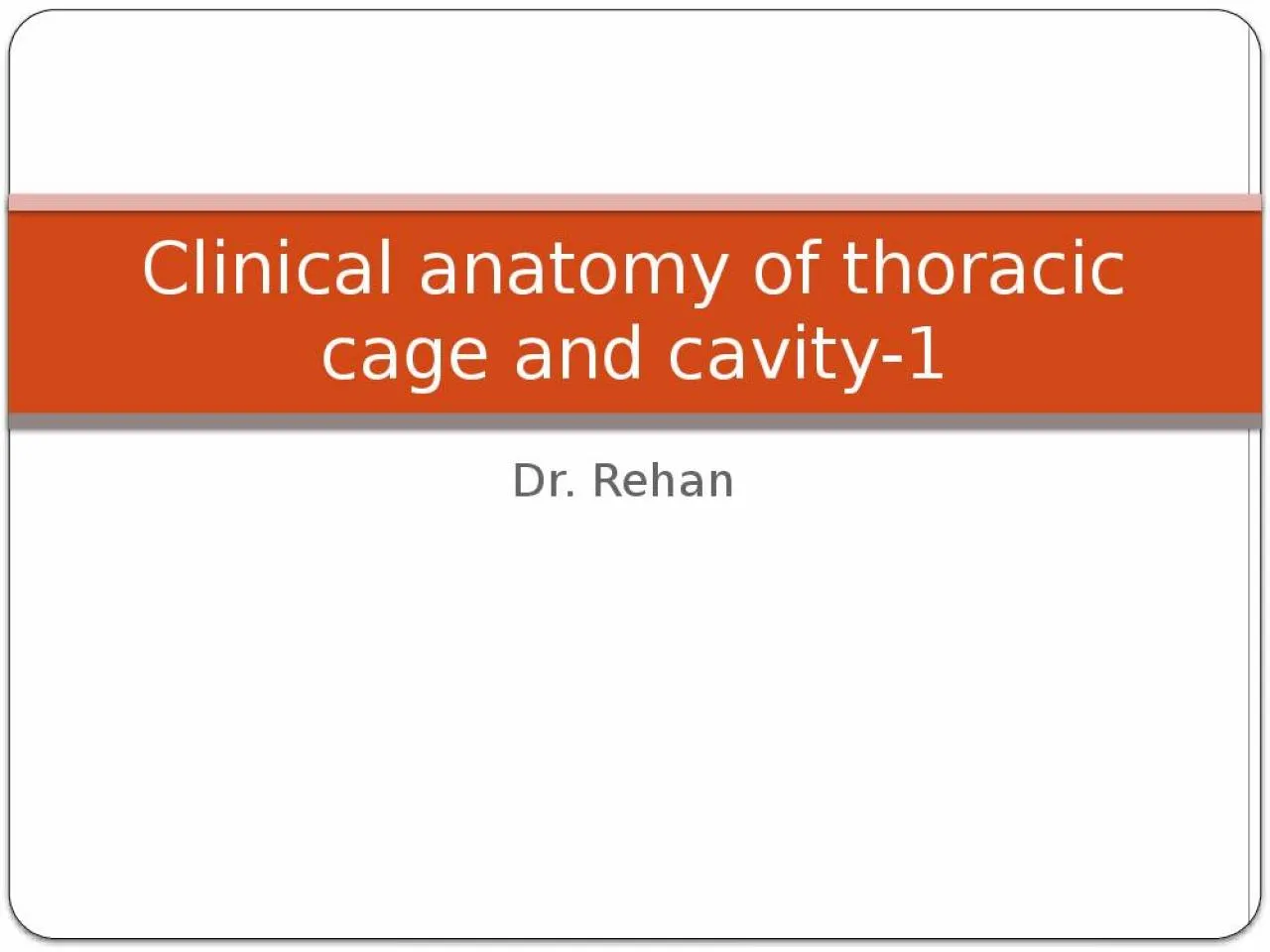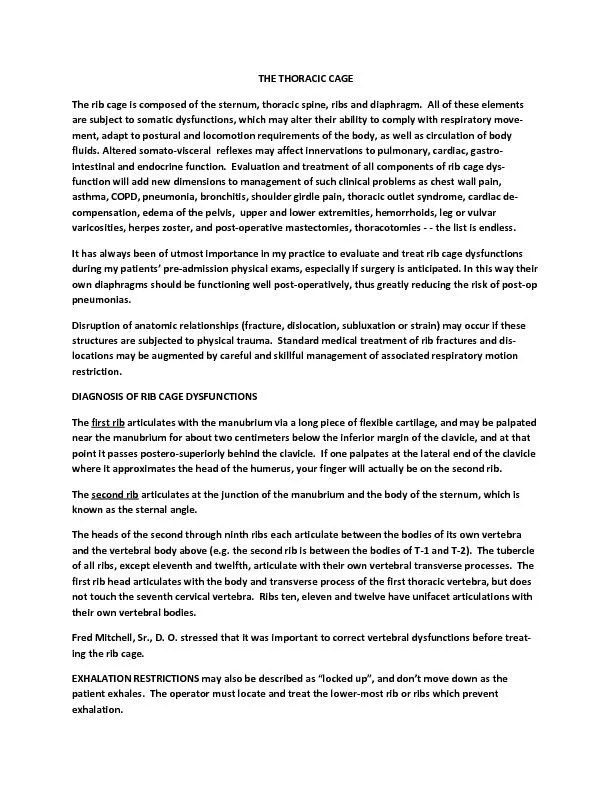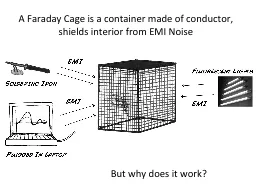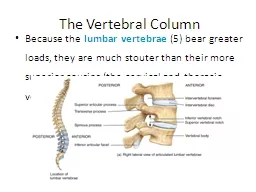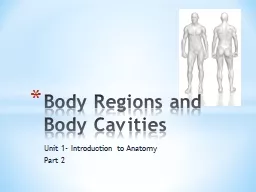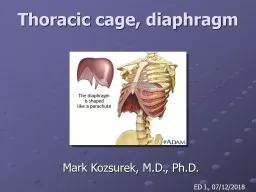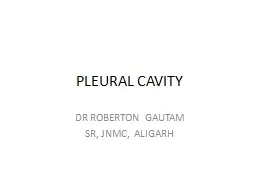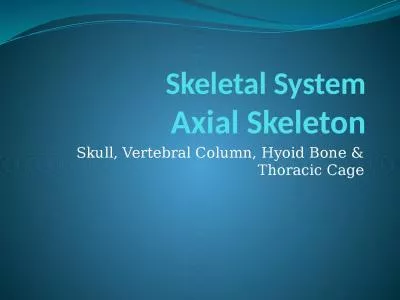PPT-Dr. Rehan Clinical anatomy of thoracic cage and cavity-1
Author : eliza | Published Date : 2022-04-07
At the end of this session the student should be able to Discuss briefly anatomical changes in thorax with ageing Describe needle and tube thoracostomy Identify
Presentation Embed Code
Download Presentation
Download Presentation The PPT/PDF document "Dr. Rehan Clinical anatomy of thoracic c..." is the property of its rightful owner. Permission is granted to download and print the materials on this website for personal, non-commercial use only, and to display it on your personal computer provided you do not modify the materials and that you retain all copyright notices contained in the materials. By downloading content from our website, you accept the terms of this agreement.
Dr. Rehan Clinical anatomy of thoracic cage and cavity-1: Transcript
Download Rules Of Document
"Dr. Rehan Clinical anatomy of thoracic cage and cavity-1"The content belongs to its owner. You may download and print it for personal use, without modification, and keep all copyright notices. By downloading, you agree to these terms.
Related Documents

